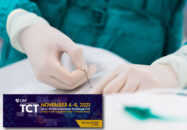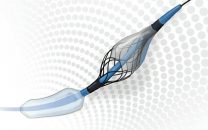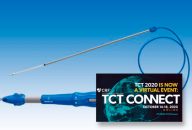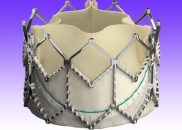The Hydra CE has shown favorable one year efficacy for the new transcatheter aortic valve model, with large effective orifice and low transvalvular gradient associated to an acceptable complications rate. With this study, the Hydra will obtain the CE mark and go after FDA approval (just as all new devices). This study looked at safety…
TCT 2021 | SURTAVI: Good News for the Self-Expandable Valve at 5 Years
After a 5-year followup, the transcatheter aortic replacement (TAVR) with the self-expandable valve has offered clinical outcomes similar to surgical aortic valve replacement (SAVR) outcomes for intermediate risk patients. As we already knew form the 2-year followup, the all-cause or disabling stroke rate at 5 years between TAVR and SAVR continued to be similar (31.3%…
Self-Expanding Valve in Extreme Surgical Risk After 5 Years
Patients with aortic stenosis and extreme surgical risk have extremely high mortality due to known comorbidities. The short-term benefit of transcatheter aortic valve replacement (TAVR) with self-expanding valve is clear, and it warrants the procedure in this challenging population. While elderly patients with comorbidities who are at extreme surgical risk might be eligible for TAVR,…
TCT 2020 | Acurate Neo Does Not Meet Non-Inferiority vs. CoreValve Evolut
The self-expanding Acurate Neo (Boston Scientific) did not meet non-inferiority vs. the self-expanding CoreValve Evolut (Medtronic) in the SCOPE 2 study published in Circulation simultaneously and presented at the virtual TCT 2020. These are bad news for the Acurate Neo, that had already failed to show non-inferiority vs. the Sapien 3 in the SCOPE 1…
Lower Mismatch Rate with the New Self-Expandable Valves
Prosthesis mismatch (PPM) was introduced by Rahimtoola in 1978 and happens when the effective orifice area of a heart valve prosthesis is too small in relation to patient body size. Surgical valves have been well documented, but there is little information on percutaneous valves. The study looked at 757 patients undergoing TAVR with pre and post procedural eco-Doppler…




